
Space
Month in Space: August 2016
A moonrise from the space station, a welcome sunrise at the end of the Earth and more of the month's best space pictures.
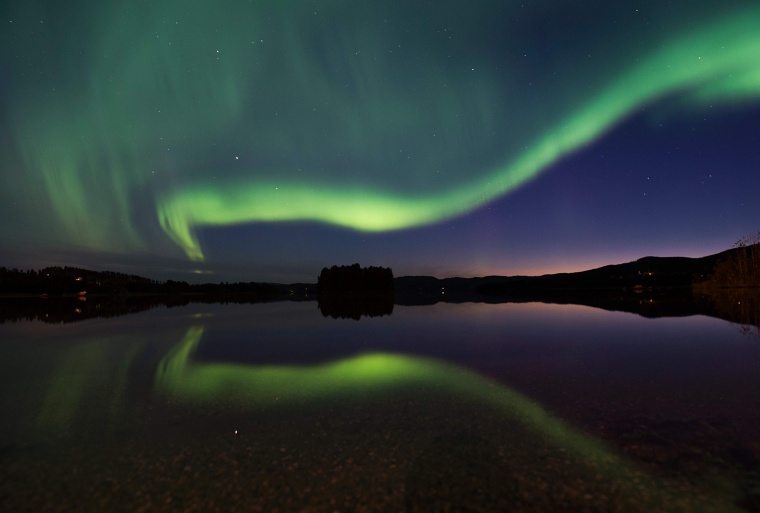
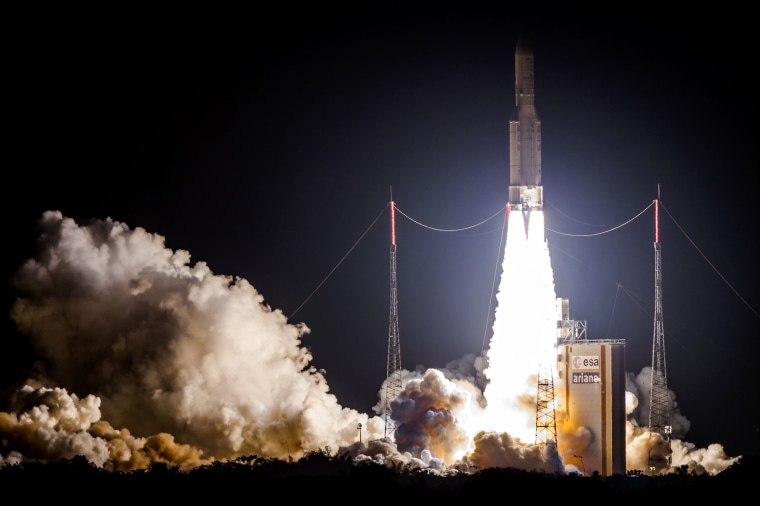
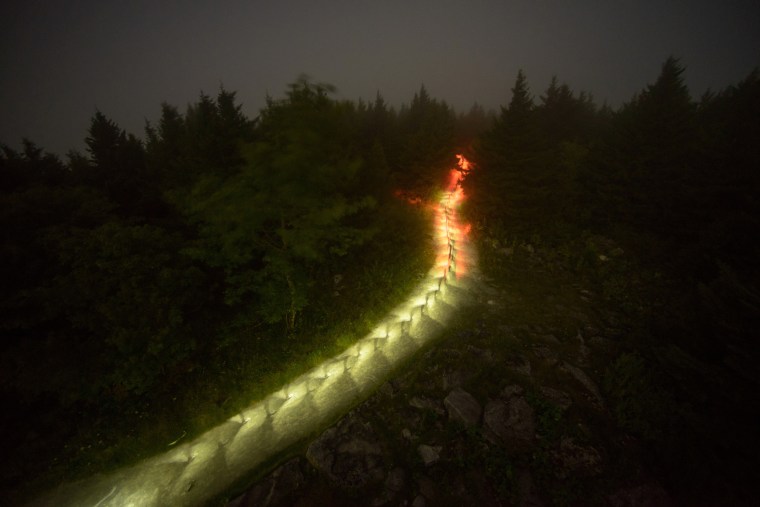

NASA's Juno spacecraft snapped this photo of Jupiter from a distance of 437,000 miles on Aug. 27 as it approached the planet for its first and closest flyby.
The robotic probe began circling the solar system's largest planet on July 4, ending a nearly five-year journey through deep space and becoming the first spacecraft to enter Jupiter orbit since NASA's Galileo mission did so in 1995.

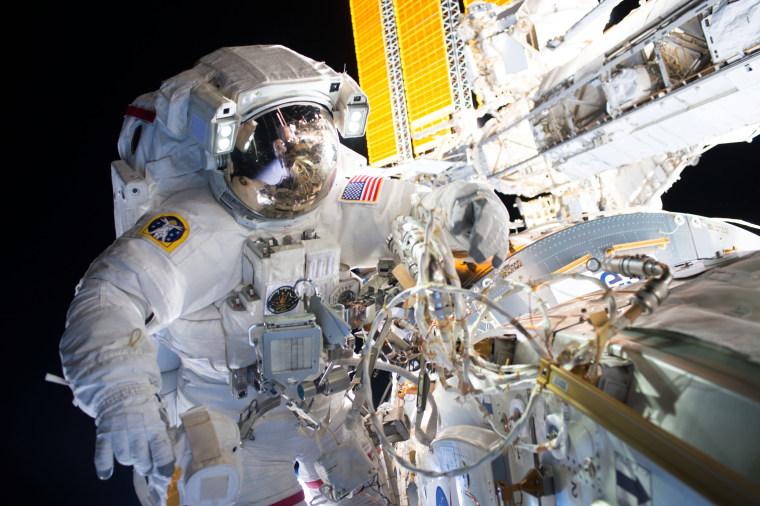
NASA astronauts Jeff Williams, seen here, and Kate Rubins successfully installed a new international docking adapter on Aug. 19, 2016 during a five-hour and 58-minute spacewalk. The adapter will enable future crew vehicles from Boeing and SpaceX to dock at the station.
Japanese astronaut Takuya Onishi assisted the duo from inside the station. Williams is scheduled to return to Earth on Sept. 6 with Russian cosmonauts Oleg Skripochka and Alexey Ovchinin, ending Expedition 48.
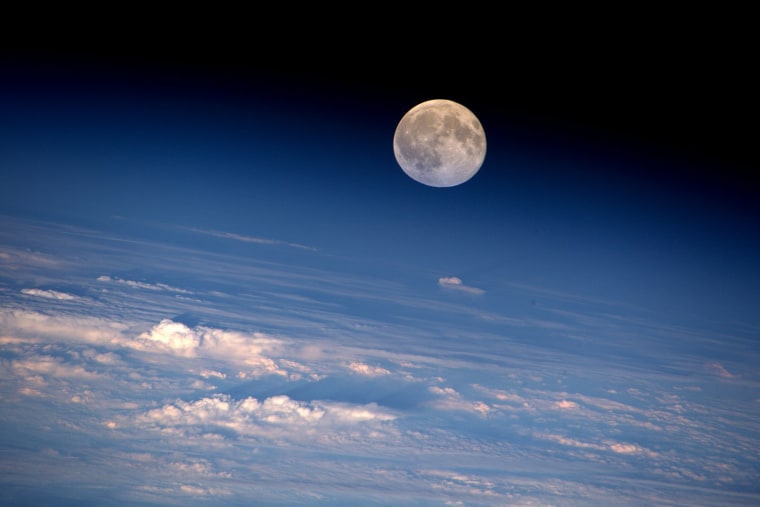
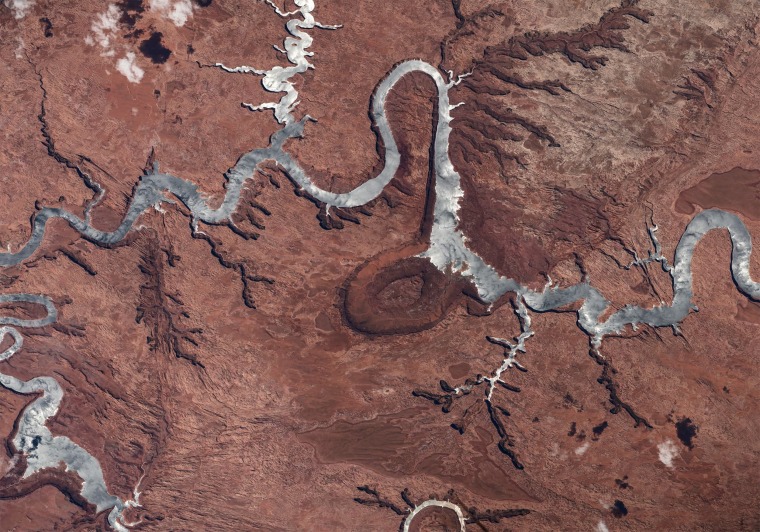
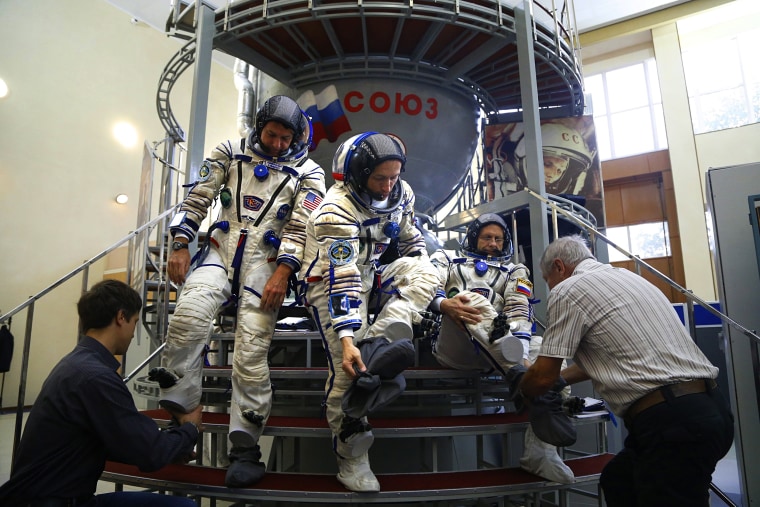
From left, NASA astronaut Shane Kimbrough, Russian cosmonauts Sergey Ryzhikov and Andrey Borisenko attend final exams in the Russian cosmonaut training center in Star City outside Moscow on Aug. 31. The three are scheduled to depart for the International Space Station from the Baikonur Cosmodrome in Kazakhstan on Sept. 23.
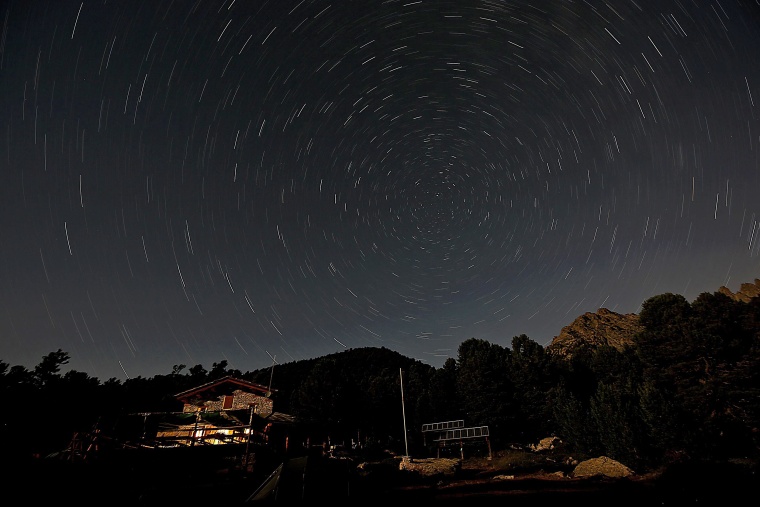
Star trails fill the sky over the Bagnour alpine refuge during the annual Perseid meteor shower in this long-exposure captured in the Italian Alps on Aug.13. The Perseids happen when Earth hits a wide belt of debris left behind by the comet Tuttle-Swift on its elongated, 133-year orbit around the Sun.
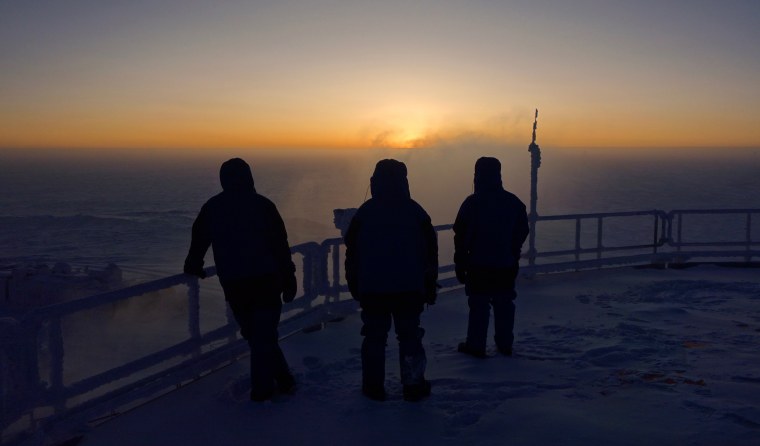
After four months without a sunrise, the crew of the Concordia research station in Antarctica welcome the sun's return on Aug. 12. During the Antarctic summer some 60 scientists live and work on the base conducting research on the icy plateau 2-miles above sea level. When winter comes, the skeleton crew of up to 15 keep the base running and fend for themselves for nine months. No help can be flown in as temperatures drop to -112 degrees Fahrenheit. Preparing for exploration of our solar system, the European Space Agency runs life-science experiments on the crew as they adapt to life in these harsh conditions.
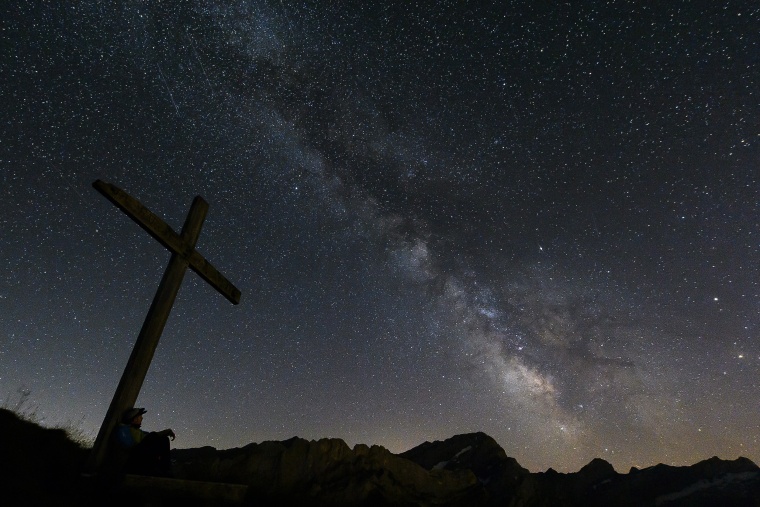
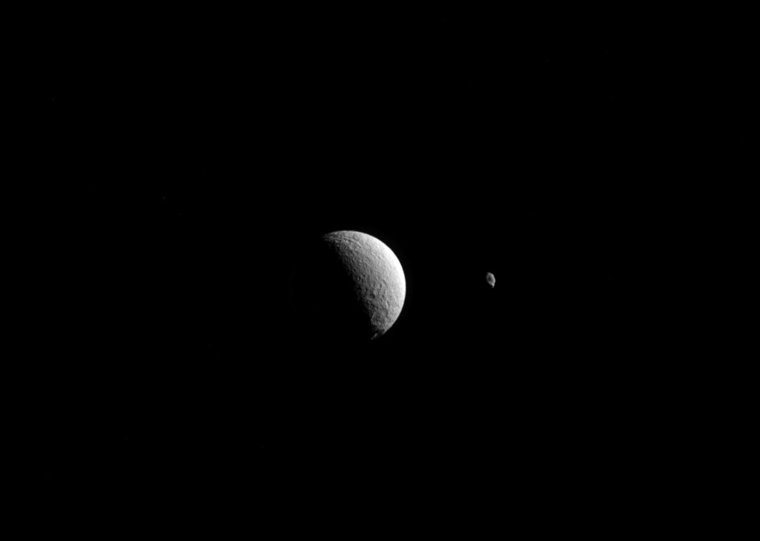
Saturn's moons Tethys and Hyperion appear to be near neighbors in this view captured by the Cassini spacecraft on Aug. 15. They are actually almost a million miles apart here. Tethys is the larger body on the left.
One of mankind's most ambitious space exploration projects, Cassini is a joint mission of NASA, the European Space Agency and Italy's Agenzia Spaziale Italiana. It arrived at the ringed planet in 2004, and the following year launched a mini-probe that parachuted to the surface of Saturn's largest moon, Titan.
Month in Space:July 2016